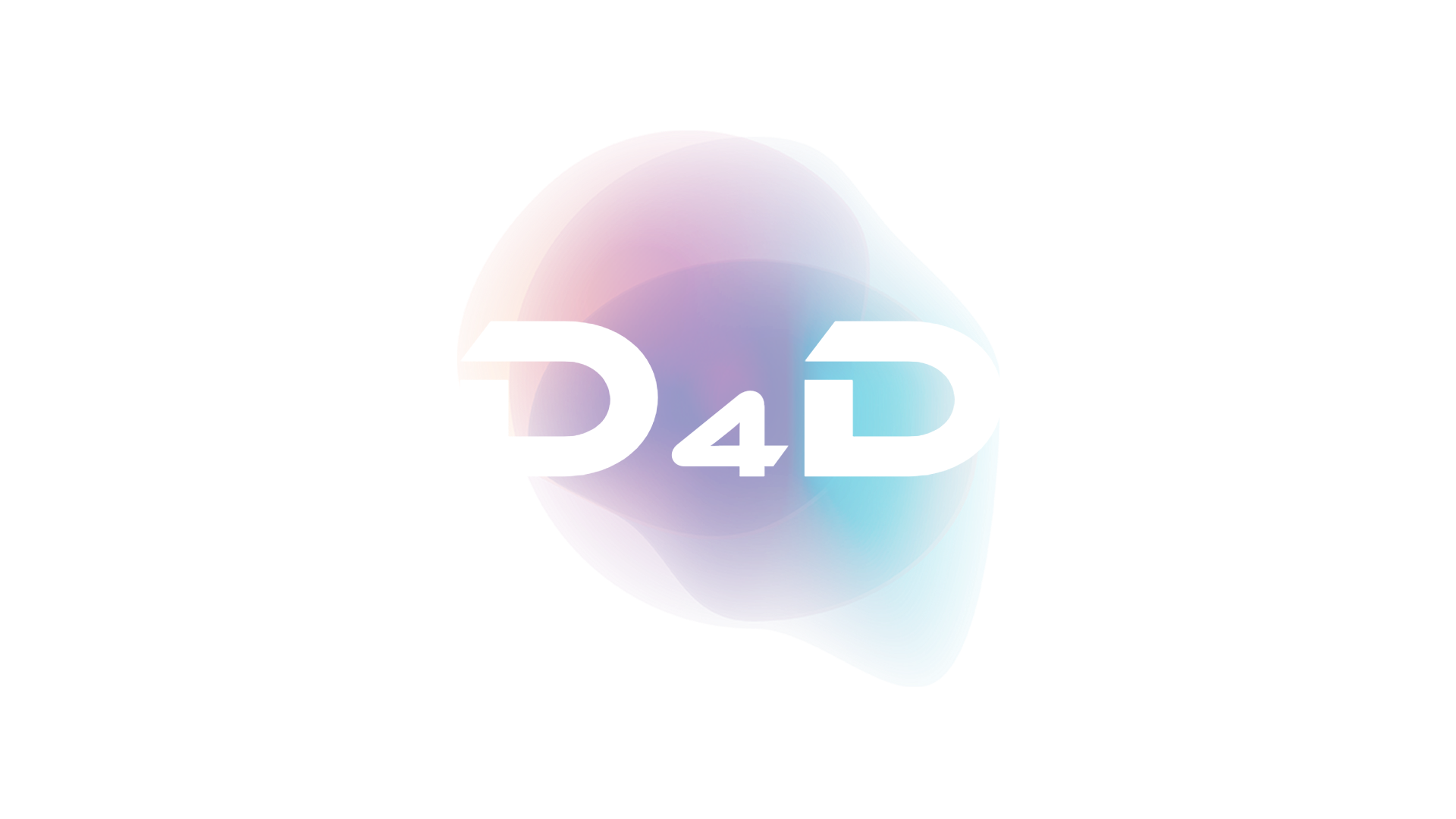
What is D4D?
D4D is an AI-powered platform that transforms ESG reports into structured, comparable data. Unlike reporting tools, it enables users to benchmark ESG performance, simulate CO₂ impact, and plan decarbonization strategies. With a proprietary NLP engine and a growing database of sustainability reports, D4D helps organizations make data-driven decisions for climate action—turning ESG data into a strategic asset.
Problem
Users rely on traditional ESG reporting tools that produce static reports, leading to challenges in benchmarking ESG performance and planning effective decarbonization strategies due to unstructured data and lack of actionable insights.
Solution
An AI-powered platform where users can transform ESG reports into structured, comparable data using a proprietary NLP engine, enabling benchmarking, CO₂ impact simulation, and strategic decarbonization planning.
Customers
Sustainability officers, ESG analysts, and corporate decision-makers in organizations aiming to align with climate action goals, typically in mid-to-large enterprises across industries like manufacturing, energy, and finance.
Unique Features
Proprietary NLP engine to parse unstructured ESG reports, dynamic benchmarking against industry peers, and scenario modeling for CO₂ reduction strategies.
User Comments
Simplifies ESG benchmarking with AI-powered insights
Provides actionable decarbonization plans based on data
Transforms static reports into strategic assets
Enhances climate-action decision-making
Saves time in analyzing complex ESG data
Traction
Database includes 100,000+ processed ESG reports; used by 500+ companies globally; partnered with 20+ sustainability consultancies; founder has 2.5K followers on LinkedIn.
Market Size
The global ESG data market was valued at $1.3 billion in 2022 and is projected to reach $4.3 billion by 2027, driven by regulatory demands and corporate net-zero targets (Source: MarketsandMarkets).
Alternative Products
ManiFast AI | AI-powered data analytics
Transform and process your data with plain English
# Analytics Assistant
CarbonOps - AI Meets ESG Compliance
Your ESG co-pilot for insightful data-driven sustainability.
# Consulting Assistant
AI-Powered Natural Language to SQL
Turn questions into data insights with privacy-first AI
# SQL Query Builder